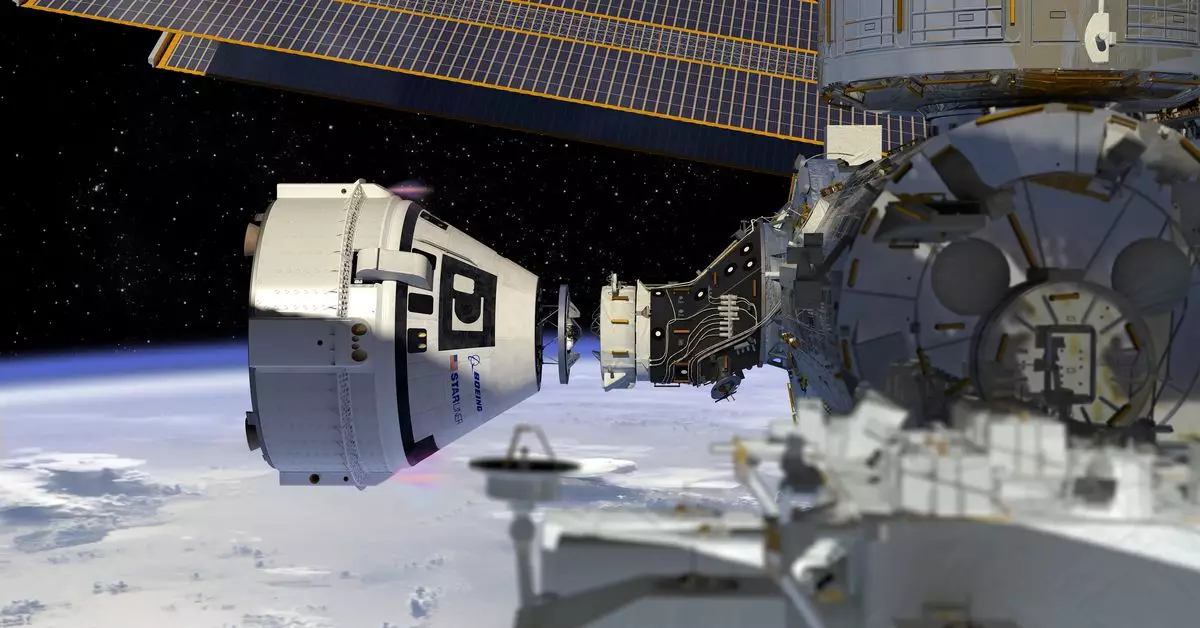NASA Administrator Bill Nelson recently revealed that US astronauts Sunita Williams and Barry Wilmore are set to return next February with the SpaceX Crew-9 mission following more than 80 days spent aboard the International Space Station (ISS). This decision was made after NASA Commercial Crew Program manager Steve Stich expressed concerns about the uncertainty surrounding the data related to the Starliner spacecraft. Stich emphasized that the unpredictability of the thrusters played a significant role in the decision to opt for an uncrewed return. The potential risks associated with thruster failures during the undocking and de-orbit burn phases were deemed too high for the safety of the crew, prompting NASA to pursue an alternative plan.
Rebuilding Trust with Boeing
Addressing the press, NASA Associate Administrator Ken Bowersox acknowledged the challenges faced in rebuilding trust with Boeing after the recent setbacks. Despite the tense discussions that took place, Bowersox highlighted the importance of maintaining a cohesive team following difficult decisions. He admitted that there is still work to be done to reinforce the partnership with Boeing but affirmed NASA’s commitment to continuing collaboration with the aerospace company. Stich also weighed in on the situation, commending Boeing for their efforts in building a reliable model. However, the disagreement over the level of risk involved in crewed missions highlighted the need for a more thorough evaluation process to ensure astronaut safety.
Originally intended for an eight-day mission to the ISS, Boeing’s Starliner faced numerous technical challenges that extended the astronauts’ stay in space. Thruster failures, helium leaks, and valve issues plagued the spacecraft during its docking with the ISS, leading to further delays and complications. Tests conducted at NASA’s White Sands Test Facility revealed potential issues with deformed Teflon seals, which could have contributed to the thruster failures. The lack of definitive answers regarding the root cause of these problems prompted NASA to reconsider the return options for the astronauts. Ultimately, the decision to opt for the SpaceX Crew-9 mission was made to ensure a safe and efficient return for Williams and Wilmore.
Looking ahead, NASA and Boeing are committed to learning from past experiences and improving their approach to future missions. While challenges and setbacks are inevitable in the realm of space exploration, both entities are dedicated to enhancing the reliability and safety of crewed missions. The close collaboration with SpaceX for the upcoming Crew-9 mission signifies the importance of partnership and shared expertise in overcoming obstacles in space travel. By leveraging the strengths of each partner and engaging in open dialogue, NASA aims to foster a culture of innovation and continuous improvement in the field of aerospace technology.
The return of astronauts Williams and Wilmore with the SpaceX Crew-9 mission highlights the intricate decision-making processes and collaborative efforts involved in ensuring the success of space missions. By prioritizing safety, reliability, and effective communication, NASA and its partners are paving the way for future advancements in space exploration. As we venture further into the cosmos, the lessons learned from past challenges will serve as valuable assets in shaping the future of human spaceflight.


Leave a Reply
You must be logged in to post a comment.